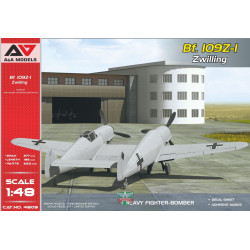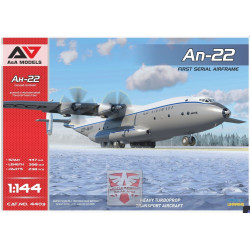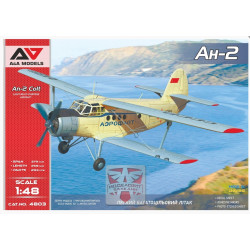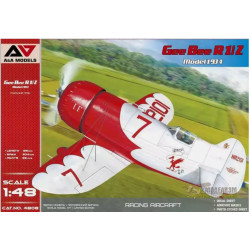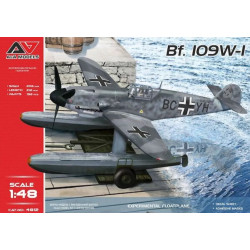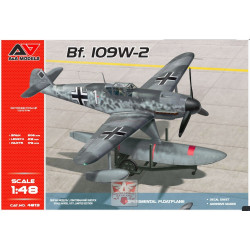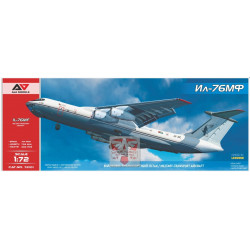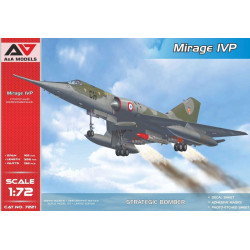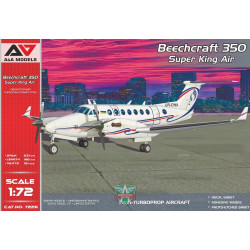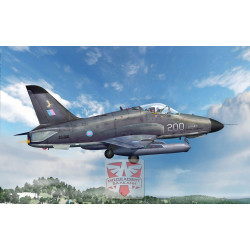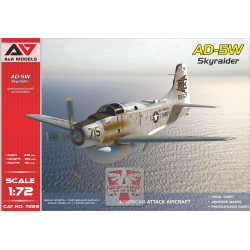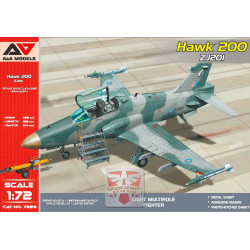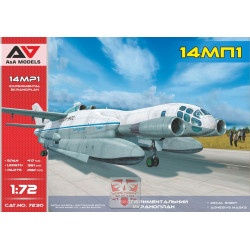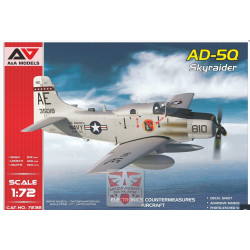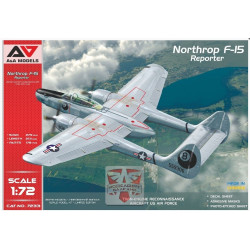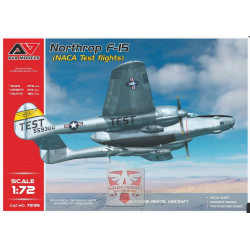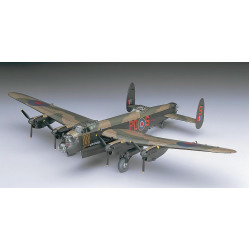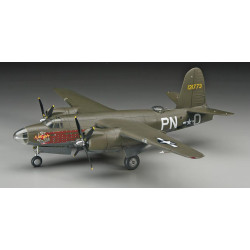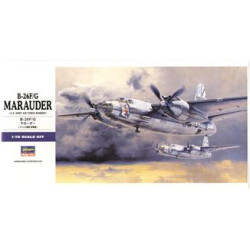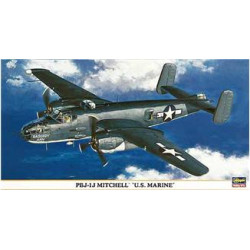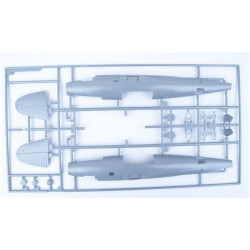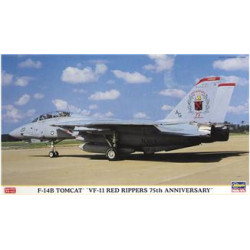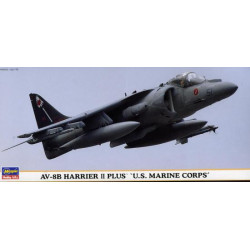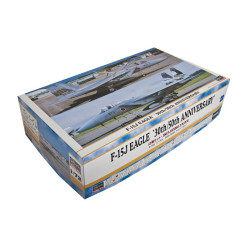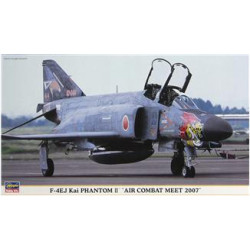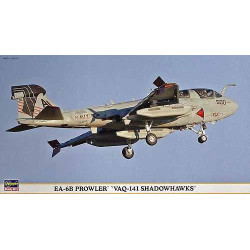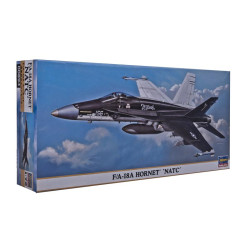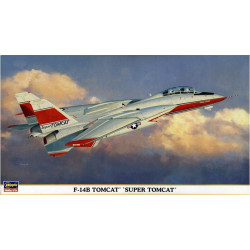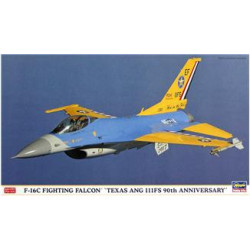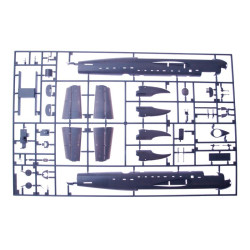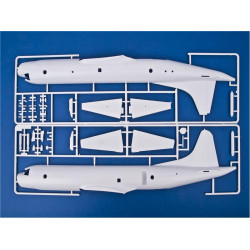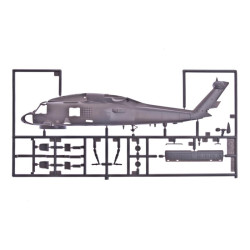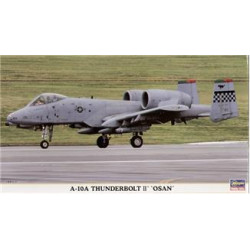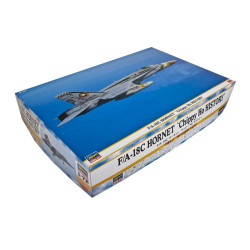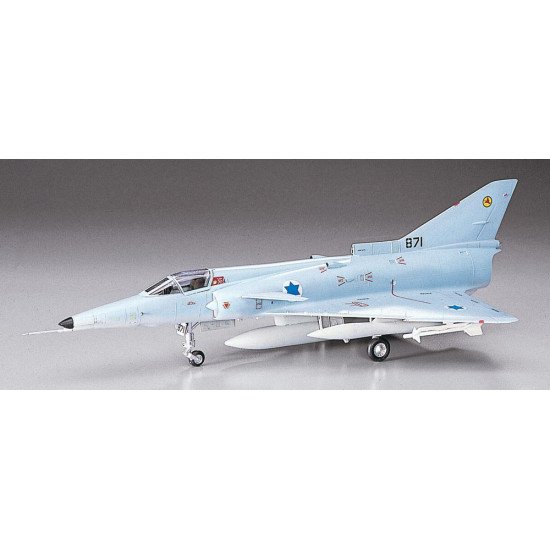
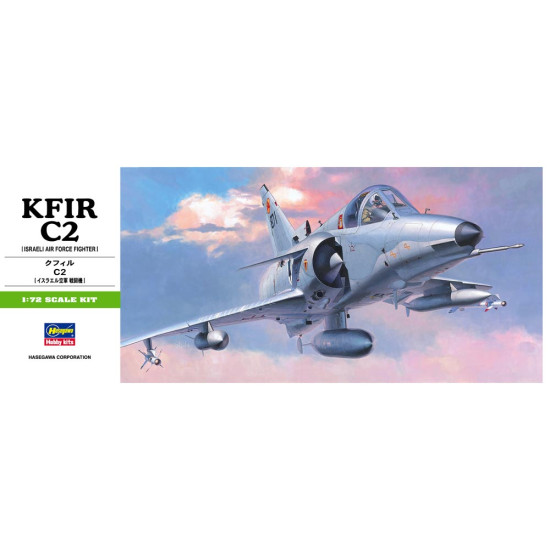


Israel Aircraft KFIR C2
1/72 Aircrafts, Planes
Hasegawa 00237
Manufacturer: Hasegawa
Scale: 1/72
Material: Plastic
Paint: Unpainted, Unassembled, Kit do not contain paints and glue.
Condition: New in Box
The Israel Aircraft Industries Kfir (Hebrew: כְּפִיר, "Lion Cub") is anIsraeli-built all-weather, multirole combat aircraft based on a modified French Dassault Mirage 5 airframe, with Israeli avionics and an Israeli-built version of the General Electric J79 turbojet engine.The project that would ultimately give birth to the Kfir can be traced back to Israel's need for adapting the Dassault Mirage IIIC to the specific requirements of the Israeli Air Force (IAF).
The all-weather, delta-winged Mirage IIICJ was the first Mach 2 aircraft acquired by Israel from then close ally France, and constituted the backbone of the IAF during most of the 1960s, until the arrival of the Douglas A-4 Skyhawk and, most importantly, the McDonnell Douglas F-4 Phantom II, by the end of the decade. While the Mirage IIICJ proved to be extremely effective in the air-superiority role, its relatively short range of action imposed some limitations on its usefulness as a ground-attack aircraft.
Thus, in the mid-1960s, at the request of Israel, Dassault Aviation began developing the Mirage 5, a fair-weather, ground-attack version of the Mirage III. Following the suggestions made by the Israelis, advanced avionics located behind the cockpit were removed, allowing the aircraft to increase its fuel-carrying capacity while reducing maintenance costs.
By 1968, Dassault had finished production of the 50 Mirage 5Js paid for by Israel, but an arms embargo imposed upon Israel by the French government in 1967 prevented deliveries from taking place. The Israelis replied by producing an unlicensed copy of the Mirage 5, the Nesher, with technical specifications for both the airframe and the engine obtained by Israeli spies. Some sources claim Israel received 50 Mirage 5s in crates from French Air Force (AdA), while the AdA took over the 50 aircraft originally intended for Israel.The Kfir programme originated in the quest to develop a more capable version of theIAI Nesher, which was already in series production. After General De Gaulle embargoed the sale of arms to Israel, the IAF feared that it might not have an upper hand over its adversaries in the future, which were receiving increasingly advanced Soviet aircraft. The bulk of the Israeli Air Force had been locked into the Mirage but was quickly facing problems because Mirage numbers were somewhat depleted after the Six-Day War. Domestic production would avoid the problem of the embargo completely; efforts to reverse engineer and reproduce components of the Mirage were aided by Israeli espionage efforts to obtain technical assistance and blueprints from third party Mirage operators.In order to accommodate the new powerplant on the Mirage III's airframe, and to deliver the added cooling required by the J79, the aircraft's rear fuselage was slightly shortened and widened, its air intakes were enlarged, and a large air inlet was installed at the base of the vertical stabilizer, so as to supply the extra cooling needed for the afterburner. The engine itself was encased in a titanium heatshield.
A two-seat Mirage IIIBJ fitted with the GE J79 made its first flight in September 1970, and was soon followed by a re-engined Nesher, which flew in September 1971.Twenty-five modified Kfir C.1s were leased to the United States Navy and the United States Marine Corps from 1985 to 1989, to act as adversary aircraft in dissimilar air combat training (DACT). These aircraft, designated F-21A Kfir, had narrow-span canard foreplanes and a single small rectangular strake on either side of the nose which considerably improved the aircraft's maneuverability and handling at low speeds.
The 12 F-21 aircraft leased to the U.S. Navy, painted in a three-tone blue-gray "ghost" scheme, were operated by Fighter Squadron 43 (VF-43), based at NAS Oceana, Virginia. In 1988, they were returned and replaced by the F-16N. The 13 aircraft leased to the U.S. Marine Corps were operated by Marine Fighter Training Squadron 401 (VMFT-401), a 4th Marine Aircraft Wing/Marine Corps Reserve squadron at Marine Corps Air Station Yuma, Arizona. In addition to the blue-gray painted aircraft, the USMC also had some F-21s painted in Israeli colors and desert "flogger" schemes (named because they were to represent the schemes often worn by Warsaw Pact MiG-23 "Floggers". The Kfir was utilized because they both shared the common characteristic of being very fast (Mach 2+) and fast-accelerating aircraft with relatively poor maneuverability. The MiG-23 was targeted as the "enemy" aircraft because at this time the MiG-23 was being introduced in very large numbers, and was a very capable aircraft compared to earlier Soviet types). These F-21 aircraft were replaced by F-5Es when the F-21s were returned in 1989 (although this left the training units without any aircraft capable of accurately simulating the Mach 2+ and fast-accelerating MiG-23).
| General Product Info | |
| Material | NOT SET |
| Scale | 1/72 |
| Type | NOT SET |
We have the lowest worldwide shipping. And it's totally simple.
EUROPE, USA, CANADA TURKEY, ISRAEL, EGYPT, UE CHINA, JAPAN, HK, S.KOREA | AU NZ MX South America, Asia | |
| Order weight up to 0.22kg or 0.48lb | US$ 8.90 | US$ 8.90 |
| Order weight up to 0.44kg or 0.97lb | US$ 13.95 | US$ 17.90 |
| Order weight over 0.44kg or 0.97lb | US$ 19.99 | US$ 29.99 |
| Order total over $150 | FREE | PROMO US$ 19.99 |
Shipping to some countries not qualifies for the free shipping option but costs not over $29.99 for any sized order. Sorry for that, your location is too far.
- Stock: Out Of Stock
- Model: HA00237
- Weight: 0.20lb
- DATE ADDED: 08/04/2014
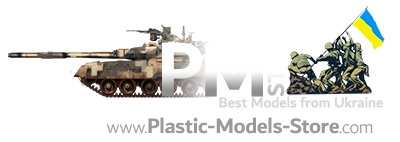
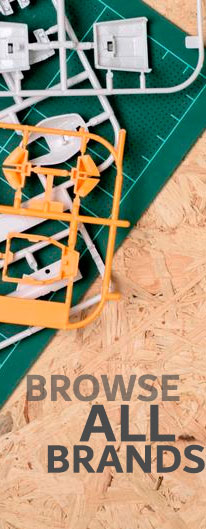

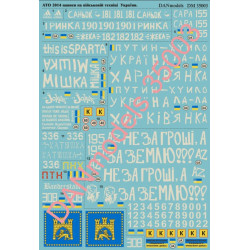
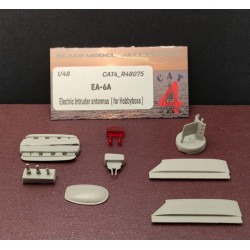



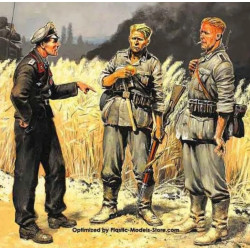



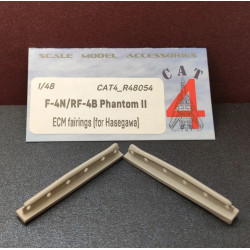
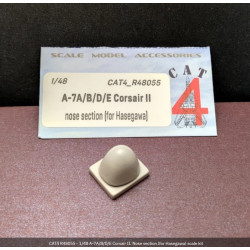

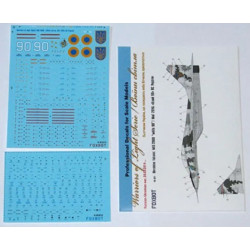

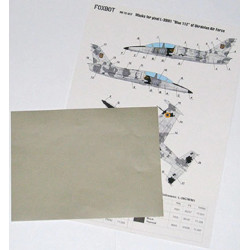
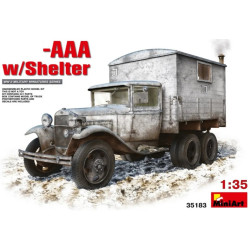


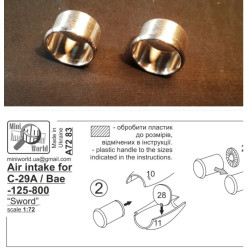
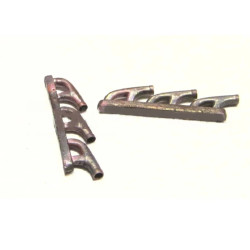
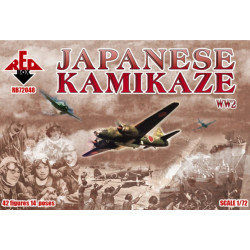





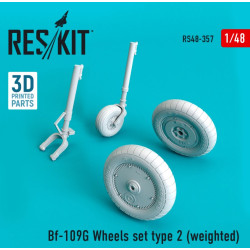


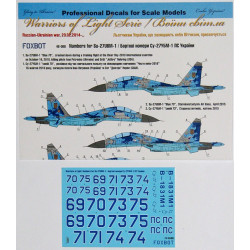
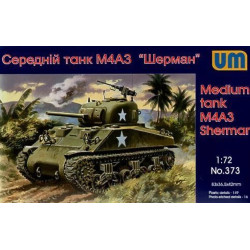









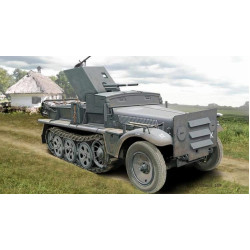
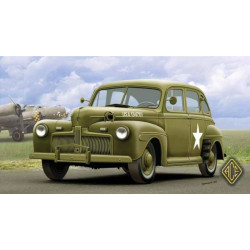
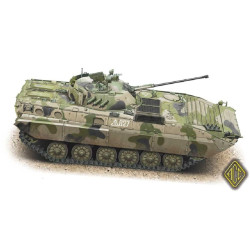
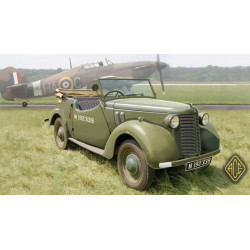
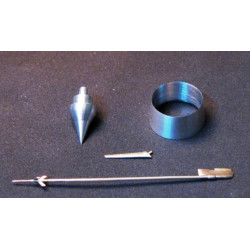

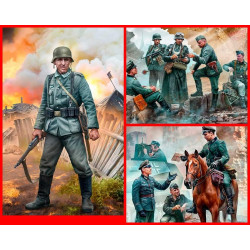
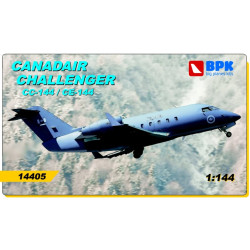
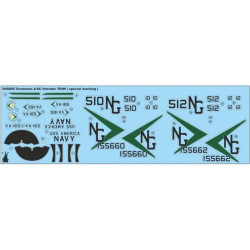

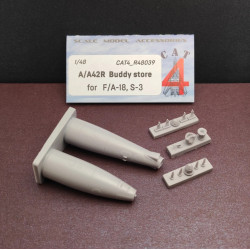

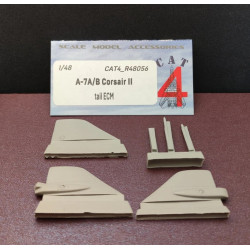
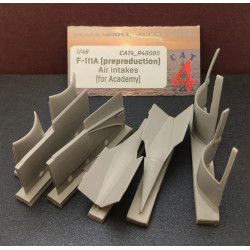
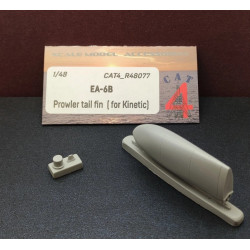
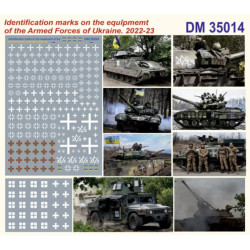
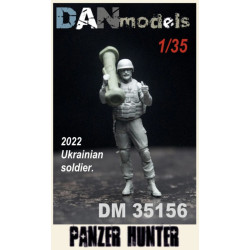

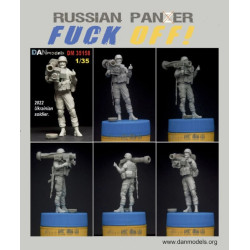

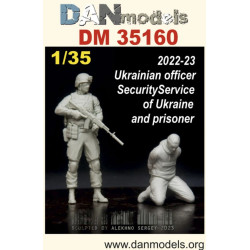
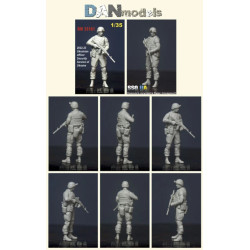
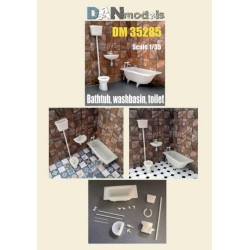
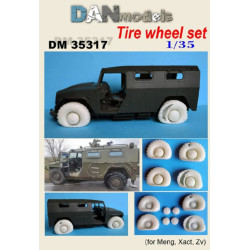
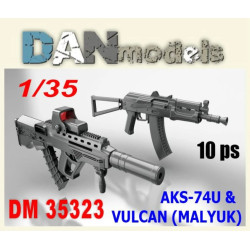
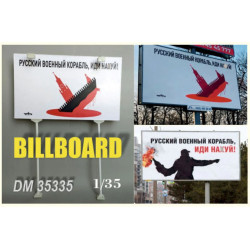
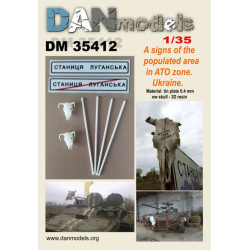


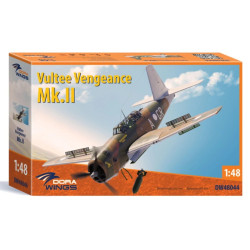

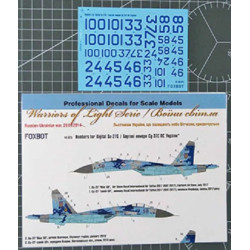

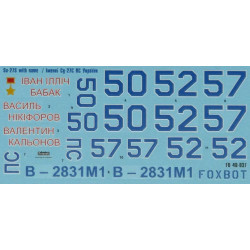

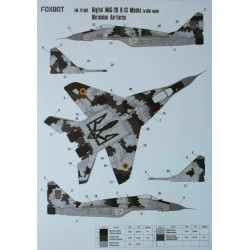





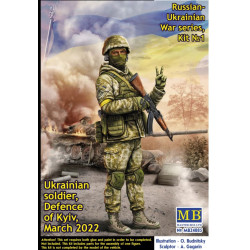
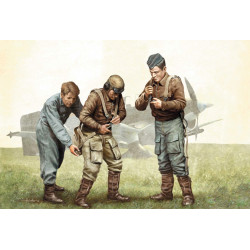

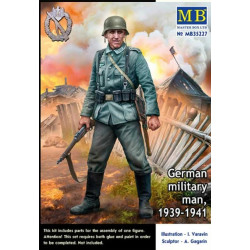
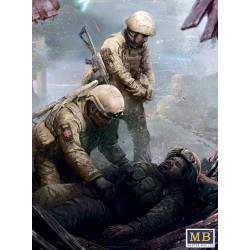












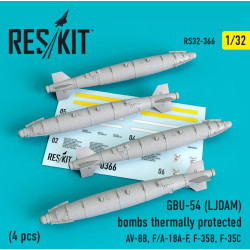
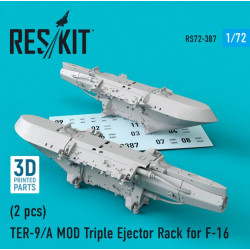










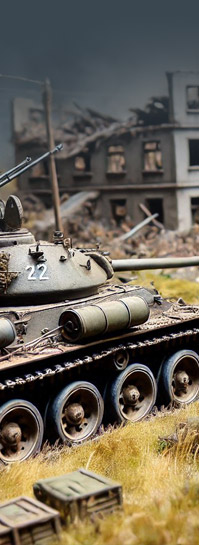

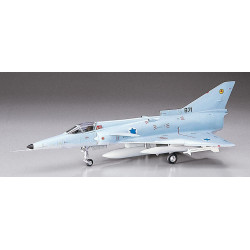
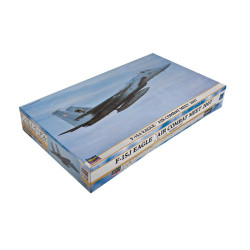
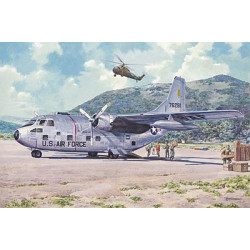
-250x250w.jpg)

